The way of Coffee Development in Myanmar Coffee planting skills Coffee Bean Variety selection
Over the past few years, Myanmar's coffee industry has begun to emerge on the international stage through a partnership between the Myanmar Agriculture Extension Department, USAID, the Coffee Quality Association (CQI) and the country's hard-working coffee farmers. When the first coffee trees were introduced from Costa Rica by British missionaries nearly a century ago, the coffee industry in Burma was still a fledgling one, but today it has grown into a productive one. OGS works closely with Burmese specialty coffee producers and is committed to providing quality Burmese coffee beans to roasters who want to try out different or new regions.
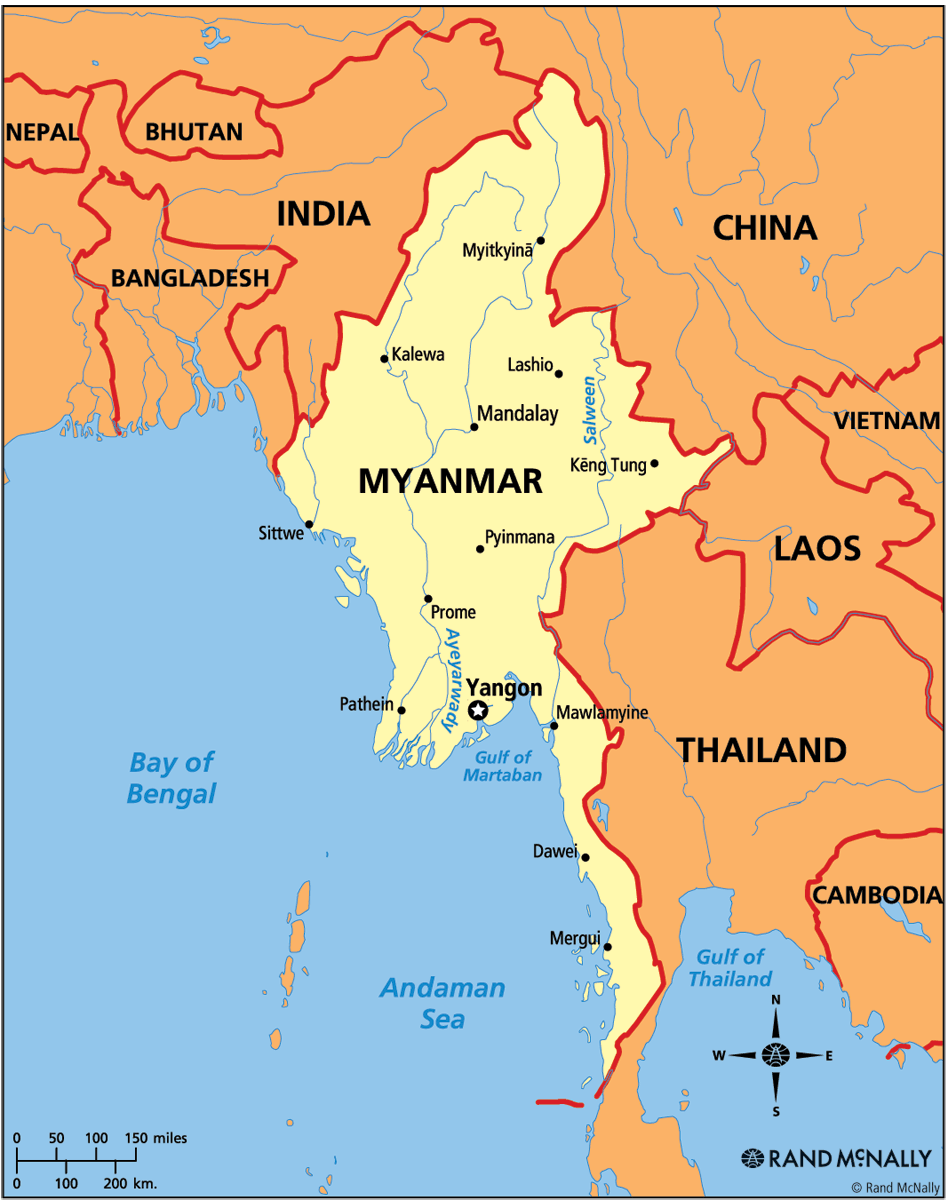
Myanmar is geographically bordered by India, Bangladesh and the Bay of Bengal to the west, China, Laos and Thailand to the east, the Himalayas to the north and the Andaman Sea to the south. Few countries can border such a culturally diverse neighbor.
A Brief History of Burmese Coffee
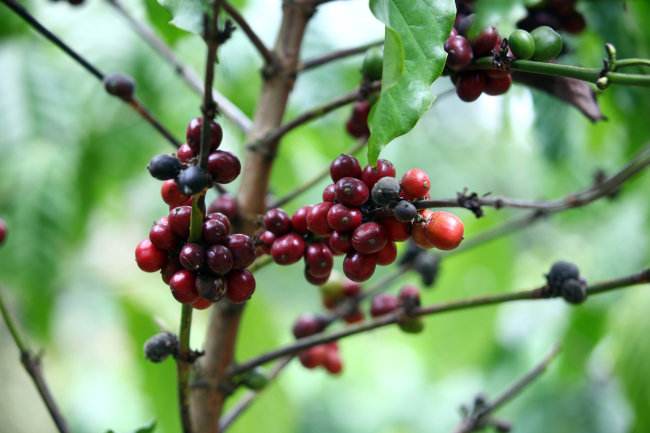
1885: British missionaries plant the first coffee in Burma
1936: Myanmar exports 95 tons of coffee
1952: S-795 coffee variety introduced to the outskirts of Binu Lun town in Mandalay District
1986: Government of Myanmar (GOM) promotes national coffee planting program and imports T8667 and Kaduai varieties from Costa Rica
2015: Myanmar hosted Myanmar's first national cup testing conference in Yangon with the assistance of SCAA, CQI, Winrock and USAID, which significantly improved the quality of coffee from cultivation to post-processing.
2016: Burmese coffee debuted at SCAA Coffee Conference in Atlanta, USA
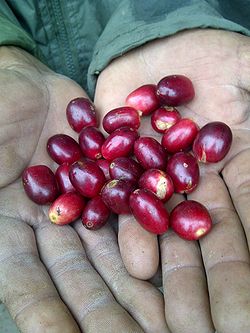
According to the Food and Agriculture Organization of the United Nations (FAO), northern Myanmar has the potential to produce maximum quantities of high-quality Arabica coffee due to its excellent lateritic plateaus and other soils above 1000 meters (3300 feet) above sea level suitable for growing coffee trees, as well as its evenly distributed rainfall of 1500 to 2500 centimeters (59 to 79 inches) and the distinct dry season necessary to grow coffee trees.
Myanmar coffee growing environment
Growing and producing high-quality coffee requires consideration of several important environmental factors, including altitude and temperature, rainfall and water supply, soil, aspect and slope.
altitude
Altitude affects several key environmental factors, so elevation should be considered first when determining the ideal coffee growing environment, in addition to temperature, rainfall and water supply, soil, aspect and slope.
Arabica coffee must be grown at altitudes above 1000 meters, and the quality of low-altitude Arabica coffee does not meet the requirements of the global market. Coffee plantations and microfarms in Myanmar are usually located at altitudes of 1100 to 2200 meters, while coffee is grown at altitudes of 2800 meters in remote areas such as Chin and Kachi.
temperature
Arabica prefers cool growing environments, with the most suitable daily average temperature between 20 and 24 degrees Celsius (68 to 75 degrees Fahrenheit), while Pyin Oo Lwin averages 19.7 degrees Celsius (67.5 degrees Fahrenheit). Temperatures above 30 degrees Celsius (86 degrees Fahrenheit) may cause photosynthesis to stop, whereas average temperatures below 15 degrees Celsius (59 degrees Fahrenheit) may inhibit growth and make coffee inferior. Arabica coffee is highly susceptible to frost, so trees must be used for shade to reduce possible damage.
Rainfall and water supply in Myanmar
The ideal rainfall for Arabica coffee cultivation is more than 1200 to 1500 cm (47 to 60 inches) per year, and rainfall totals and rainfall distribution patterns are equally important, while Pyin Oo Lwin has an annual rainfall of 1400 cm (55 inches).
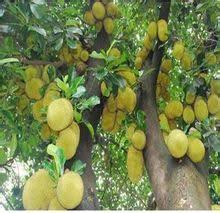
shade tree
Silver oak trees are commonly used as shade trees in coffee plantations in Myanmar. In addition to blocking wind, silver oak trees also have many other important functions. When the climate is dry, the shade of silver oak protects young coffee trees from drought stress and excessive sun exposure, and shade allows coffee trees to achieve a better balance between flowering and growing fruit, and reduces frost damage. In addition, the defoliation and pruning of silver oak trees produce organic matter and nutrients that continuously provide the soil with a large number of micronutrients needed to maintain health.
varieties
Several coffee varieties have been planted and tested in Myanmar's major coffee growing areas. The main varieties currently planted include SL-34, S795, Catuai and T8667.
T8667
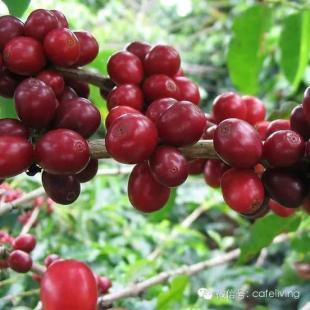
Country: Costa Rica
Growth Habits: Short
Cup quality: Good, with herbal and peel aromas
Note: Fruit and coffee beans are huge
S795
Country: India
Growth habits: tall, erect and open
Cup test quality: excellent performance in all aspects and with mocha flavor
Note: The fruit is huge.
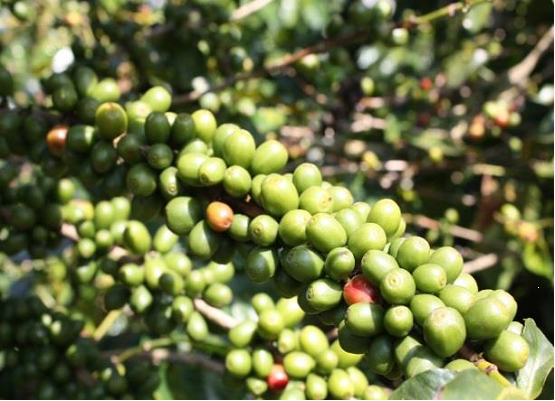
kaduai
Country: Brazil, between Mundo Novo and Cadura
Growth habits: short, dwarf plants
Cup test quality: good coffee bean quality, good coffee bean size
Note: High yield plants
SL34
Country: Kenya (selected by the French Mission)
Growth habits: tall, erect and open
Cup quality: known for its sweet, balanced and complex acidity
Note: The fruit is huge.
About us
Most of Myanmar coffee growing areas are hilly and tribal environments, and people who work on coffee farms have lived and worked in this hilly environment for generations. They are therefore innately knowledgeable about the land in the area and know how to plant it to obtain the best productive results. Perhaps most Burmese people focus on big temples, and simple life keeps Burmese people cheerful and friendly.
Chemicals and pesticides
Burmese coffee is free of chemicals and pesticides. Farmers use natural fertilizers from cattle and chickens. They also focus on sustainable development of the land, especially in southern Shan State, where chemicals and pesticides are strictly prohibited.
Important Notice :
前街咖啡 FrontStreet Coffee has moved to new addredd:
FrontStreet Coffee Address: 315,Donghua East Road,GuangZhou
Tel:020 38364473
- Prev
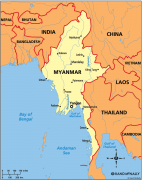
Introduction of Burmese Coffee Culture Analysis of main Coffee varieties in Myanmar
Over the past few years, Myanmar's coffee industry has emerged on the international stage with the cooperation of the Myanmar Agricultural Promotion Agency (Myanmar Agriculture Department), the United States Agency for International Development (USAid), the Coffee quality Association (CQI) and the country's hard-working coffee farmers. When British missionaries introduced the first coffee trees from Costa Rica nearly a hundred years ago, the coffee industry
- Next

Measurement data record of Sanani Mocha Cup during the Transformation process of Mocha Coffee in Yemen
Yemeni mocha coffee has a unique flavor, some people say that in the coffee, Blue Mountain can be king, mocha can be called queen. Mocha is like love, sweet in bitterness and bitter in bitterness, just like the ups and downs of love. It's about something called happiness. Yemeni mocha is one of the oldest coffee in the world, but until recently, Yemeni mocha has come to be regarded as the best and most beautiful in the world.
Related
- Beginners will see the "Coffee pull flower" guide!
- What is the difference between ice blog purified milk and ordinary milk coffee?
- Why is the Philippines the largest producer of crops in Liberia?
- For coffee extraction, should the fine powder be retained?
- How does extracted espresso fill pressed powder? How much strength does it take to press the powder?
- How to make jasmine cold extract coffee? Is the jasmine + latte good?
- Will this little toy really make the coffee taste better? How does Lily Drip affect coffee extraction?
- Will the action of slapping the filter cup also affect coffee extraction?
- What's the difference between powder-to-water ratio and powder-to-liquid ratio?
- What is the Ethiopian local species? What does it have to do with Heirloom native species?

